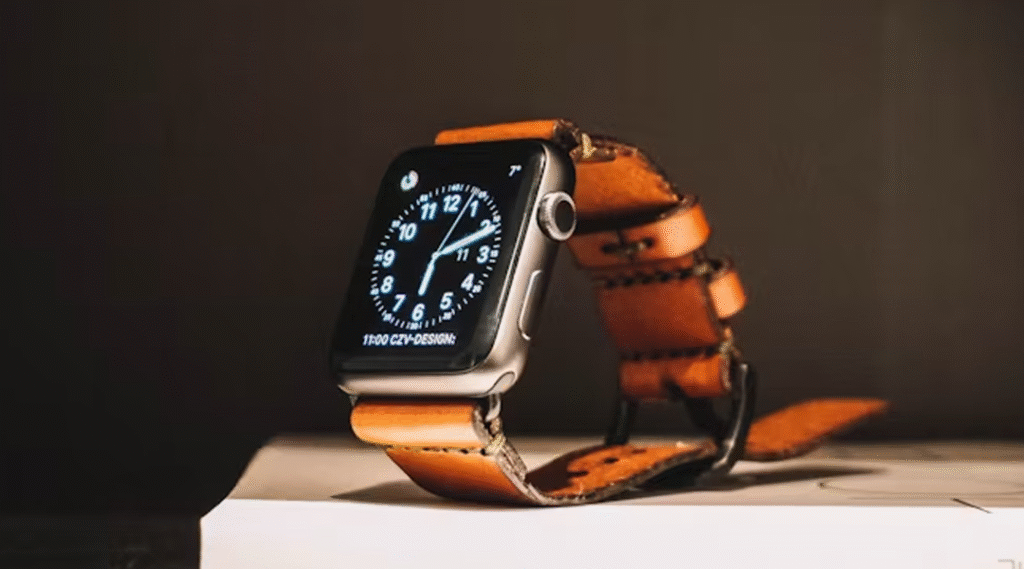As wearables evolve from niche gadgets into indispensable personal tech, the global smartwatch market has entered a critical juncture. Industry giants Apple, Samsung, and Huawei each bring distinct competitive advantages—ecosystem cohesion, platform flexibility, and value‑driven innovation, respectively—but shifting consumer preferences and regional dynamics are redrawing the competitive map. By delving into the latest shipment figures, market‑share trends, and strategic imperatives, we can forecast which of these contenders is poised to emerge as the ultimate wristwear champion.
Market Dynamics at a Glance
Counterpoint Research reports that global smartwatch shipments dipped 2% year‑on‑year in Q1 2025, marking the fifth consecutive quarterly decline (Counterpoint Research). This contraction stems largely from cooling demand in India and a modest pullback in Apple Watch upgrades. Nevertheless, China bucked the trend with a remarkable 37% surge in shipments, driven by rising domestic demand for competitively priced models (Gadgets 360).
Within this mixed environment, Apple retained the top position with a 20% market share, despite experiencing a 9% drop in shipments compared to Q1 2024 (Android Central). Huawei surged ahead of Samsung to claim 16% share—up 53% year‑on‑year—while Samsung slid to 7%, an 18% decline in its quarterly volumes (Android Central, SamMobile).
Apple Watch: Reigning Supreme, but for How Long?
Strengths. Apple’s smartwatch success is inseparable from its broader ecosystem. Seamless integration with iOS enables features like unlocking cars, controlling smart‑home devices, and conducting ECG readings—all from the wrist (Counterpoint Research). High‑end health sensors (e.g., blood‑oxygen monitoring, fall detection) and a polished app marketplace reinforce its premium status.
Headwinds. The Series 10’s incremental upgrades contributed to a 9% shipment decline in Q1 2025. Critics note the absence of truly breakthrough features in the latest iteration, raising questions about Apple’s ability to sustain upgrade cycles (Android Central). Moreover, intensifying competition on price and features in key markets like China and South America could erode Apple’s growth if differentiation stalls.
Outlook. Rumors of non‑invasive glucose monitoring and advanced biometric sensors in the upcoming Series 11 or Ultra 3 models generate optimism. If Apple delivers such breakthroughs, it could reverse declining shipments and reinforce its ecosystem lock‑in. Otherwise, its premium positioning may leave room for rivals to poach value‑sensitive segments.
Samsung Galaxy Watch: Android’s Best Bet Straining to Keep Pace
Strengths. Samsung’s Galaxy Watch line enjoys native compatibility with Android devices, broadening its addressable base. The shift from Tizen to Wear OS promises richer third‑party apps and tighter Google integration, while the upcoming Galaxy Watch 8 series is expected to introduce AI‑driven health analytics and possibly non‑invasive glucose tracking.
Headwinds. Despite these technical leaps, Samsung’s Q1 2025 shipments fell 18% to a 7% market share, pushing it to fourth place globally (SamMobile). Fragmented product offerings—from the Watch FE to Ultra‑class models—have diluted brand clarity. Additionally, Samsung’s reputation for slower software updates compared to Google and Apple undermines user confidence.
Outlook. If Samsung can streamline its lineup, accelerate Wear OS updates, and deliver on promised AI health features without resorting to paywalls, it may reclaim lost ground. However, failure to unify hardware and software under a cohesive strategy risks continued share erosion.
Huawei Watch: The Value Vanguard Making Inroads
Strengths. Huawei’s meteoric 53% year‑on‑year growth in Q1 2025 reflects its mastery of cost‑performance trade‑offs. The Huawei Watch 5 series delivers up to 11 days of battery life in power‑saving modes and employs the X‑Tap sensor to consolidate multiple health scans into a single tap (Wikipedia). Competitive pricing (often starting well below $400), strong domestic brand loyalty, and expansion into Latin America and Central Europe underpin its momentum.
Headwinds. Huawei’s limited access to the U.S. market and a relatively sparse third‑party app ecosystem constrain its global appeal. Users accustomed to the rich Wear OS or watchOS app libraries may find Huawei’s offerings functionally narrower.
Outlook. By open‑sourcing key APIs or forging partnerships to broaden app support, Huawei could amplify its value proposition. Continued strength in emerging markets may translate into leverage for global expansion as app‑ecosystem gaps narrow.
Regional Trends and Consumer Preferences
- China: Home to 37% YoY shipment growth in Q1 2025, China remains a hotbed for local champions—Huawei, Xiaomi, and Imoo—leveraging national supply chains and price sensitivity (Gadgets 360).
- North America & Western Europe: Apple leads with stronger brand loyalty, while Samsung competes on Android versatility. Huawei’s absence from U.S. channels limits regional impact.
- Emerging Markets: Cost‑effective Huawei and Samsung models gain traction, though network infrastructure and digital payment adoption influence smart features’ utility.
The Crown’s Future: A Three‑Horse Race
In the short term, Apple retains its crown through ecosystem integration and premium branding—but must innovate boldly to stem shipment declines. Huawei represents the most compelling challenger, translating aggressive pricing and battery performance into rapid market‑share gains. Samsung occupies a precarious middle ground: poised to capitalize on Wear OS synergies, yet vulnerable to brand dilution and execution gaps.
Ultimately, the smartwatch leader of tomorrow will be the brand that weaves hardware excellence with seamless software experiences, expands its global footprint, and anticipates emerging health‑tech demands—particularly in non‑invasive biometrics. For now, Apple wears the crown, but Huawei’s ascent and Samsung’s strategic pivots make the future of the wrist an open—and fiercely contested—arena.
More about the topic:
Smart Traffic Meets Autonomous Vehicles: A Symbiotic Future
How AI and Big Data Are Revolutionizing Traffic Management
As for in-depth insight articles about AI tech, please visit our AI Tech Category here.
As for in-depth insight articles about Auto Tech, please visit our Auto Tech Category here.
As for in-depth insight articles about Smart IoT, please visit our Smart IoT Category here.
As for in-depth insight articles about Energy, please visit our Energy Category here.
If you want to save time for high-quality reading, please visit our Editors’ Pick here.



